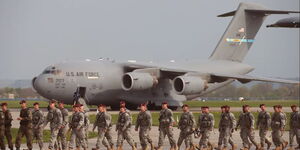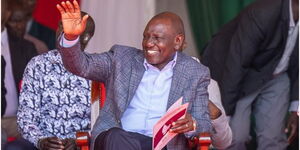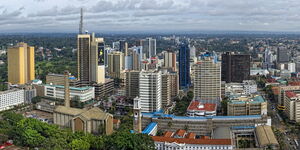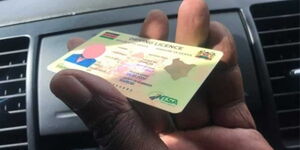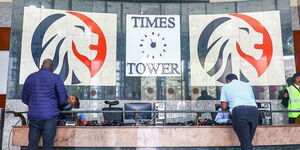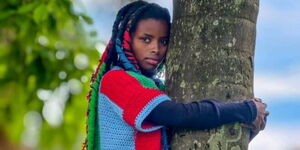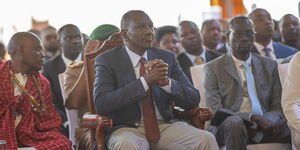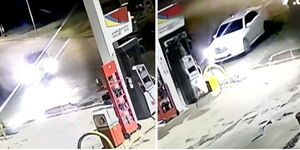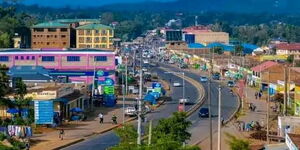The Kenya National Highways Authority (KeNHA) on Thursday, March 20 released four alternative routes for motorists aimed at easing traffic congestion caused by the World Rally Championship (WRC) Safari Rally.
Through a statement, KeNHA informed motorists of the four routes as Kenyans flock to Naivasha to catch the annual motorsport spectacle, set to take place from Thursday, March 20, to Sunday, March 23.
“The World Rally Championship is zooming into town, bringing excitement and high-speed action to our roads. To keep you moving smoothly, we have mapped out alternative routes to help you avoid traffic congestion,” KeNHA stated.
First on the list was “the scenic route” from Nairobi to Lanet. In this route, motorists coming from Nairobi will pass through Rironi, the flyover at Magumu, Njabini, Ol Kalou, and Dundori before arriving at Lanet.
The second route, “the adventure route,” still covers Nairobi to Lanet, but instead of passing through the Magumu flyover, motorists will go through Naivasha and Engineer before connecting to Ol Kalou, Dundori, and Lanet.
The third route, “Thika Trail,” will see motorists begin their journey in Nairobi, pass through Thika, proceed to the Magumu flyover, and then through Ol Kalou and Dundori before reaching Lanet.
The fourth route, “the Suswa shortcut,” will take motorists from Nairobi through Ngong town, branching off to Kibiko before ending up at Suswa. For this route, motorists have been advised to watch out for the gravel stretch, with KeNHA noting that it is best suited for 4x4 vehicles.
The Safari Rally, albeit a wonderful experience for the multitude of Kenyans and tourists who attend, is notorious for the massive traffic snarl-ups it causes as Kenyans head to Naivasha or police block roads to ease the movement of the rally drivers’ vehicles.
Numerous cases of people failing to get the full experience because of the inconvenience brought by the traffic jams have been reported with affected persons lamenting about the lack of alternative routes or poor planning in regards to transport and logistics.
This comes as this year’s rally promises to be bigger and better, with organisers announcing that it will be the longest edition since its return to the WRC calendar in 2021. Covering a 384.86 km route, it introduces new stages such as Mzabibu (a vineyard-lined 12.36 km stretch) and Camp Moran (a 32.2 km endurance test).
The ceremonial flag-off will take place at the Kenyatta International Convention Centre (KICC) in Nairobi (today) Thursday, March 20, followed by a Super Special Stage in Kasarani spanning 4.76 km. The day will conclude with the newly introduced Mzabibu stage (8.27 km). Before the official start, a 5 km shakedown stage will be held on Wednesday, March 19.
A mix of local and international drivers is expected to compete in the gruelling three-day rally. Defending champion Kalle Rovanperä of Toyota Gazoo Racing will face off against top competitors like Elfyn Evans (current WRC series leader) and Thierry Neuville (2024 WRC series champion). Kenyan drivers, including veteran Carl Tundo, Karan Patel, Jeremiah Wahome, and Hamza Anwar, will also be aiming to make their mark. The last Kenyan to win the Safari Rally was Ian Duncan in 1994.

